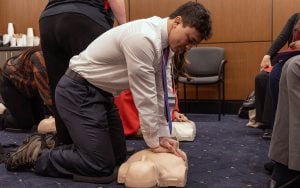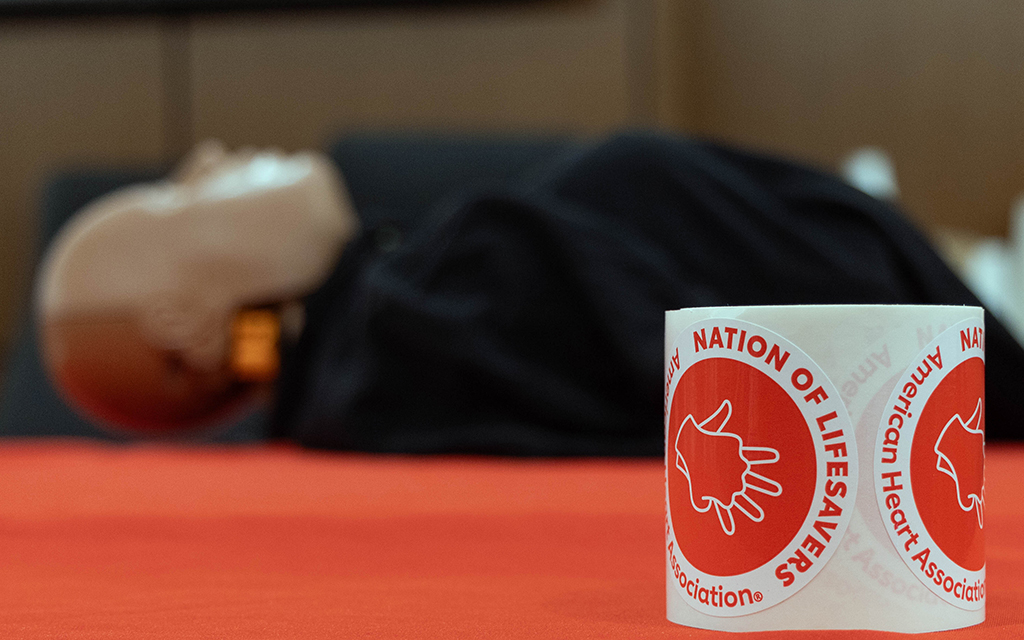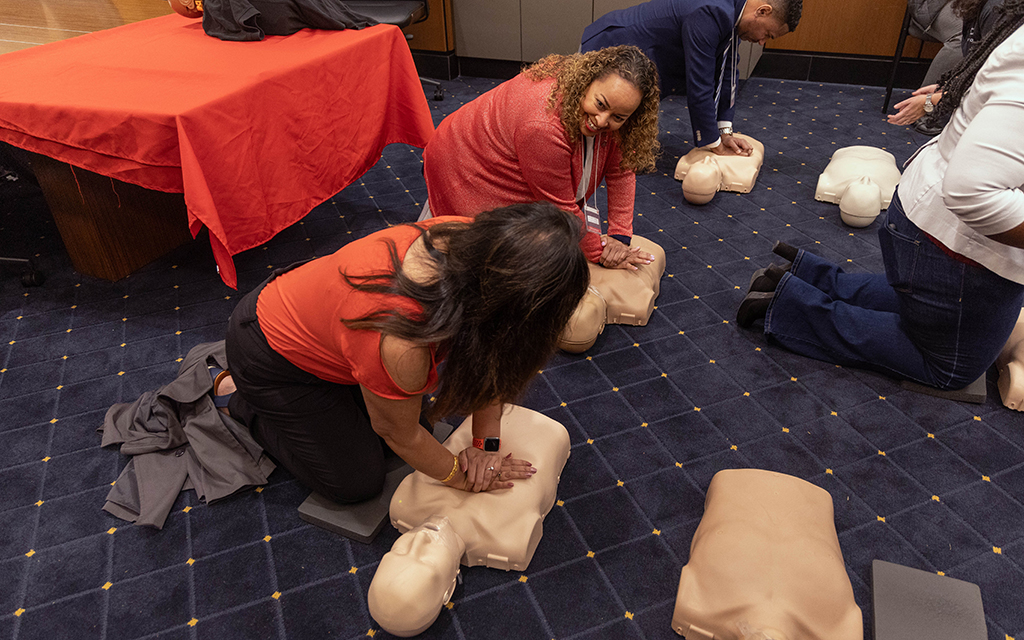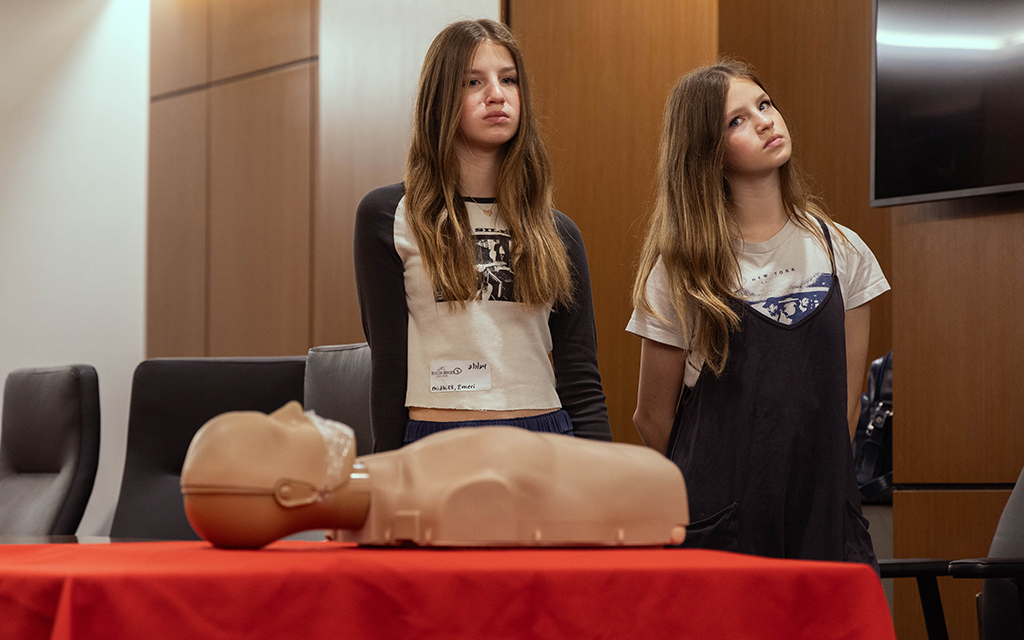PHOENIX – More than 23,000 children each year will experience cardiac arrest, according to the American Heart Association. Of these incidents, 40% are related to sports.
Pyper Midkiff was one of those children. Last April, when she was 12, she suffered cardiac arrest during the middle of her soccer practice at a Mesa park. Pyper’s dad, Matt Midkiff, was called over to the field by Pyper’s twin sister, Emeri. By the time he arrived, another parent had begun CPR.
“I checked for Pyper’s pulse, and there wasn’t one,” he said. “She kind of gasped for breath. She was foaming at the mouth. Her skin color was turning blue, and the realization of the severity of what was going on was pretty enormous at the moment.”
He said it took first responders almost 12 minutes to arrive after he had rushed to Pyper’s side. They took Pyper to Phoenix Children’s Hospital, where doctors decided to put her in an induced coma.
Pyper was diagnosed with hypertrophic cardiomyopathy, a disease in which the heart muscle thickens, which can make it harder for the heart to pump blood, according to Mayo Clinic. Her twin sister found out she had the genetic condition too. Before this, the family was unaware of any pre-existing medical conditions. The twins have both gotten defibrillators and pacemakers since their diagnoses.

Connor Blakeman, events coordinator for the American Heart Association, practices CPR on a mannequin during the Arizona Heart Association’s CPR demonstration at the Arizona Capitol on Feb. 7, 2024. (Photo by Sam Ballesteros/Cronkite News)
“I didn’t think that (cardiac arrest) was on the table, but now we know it is, and it’s so important that we share all the information that we’ve learned. The world needs to be CPR-certified,” Matt Midkiff said.
He and the twins visited the Arizona State Capitol Wednesday for the Arizona Heart Association’s annual lobby day to bring awareness to the importance of CPR certification, automated external defibrillator (AED) utilization and cardiac testing.
One of the bills the American Heart Association is lobbying for this year is SB 1259, which aims to mandate cardiac emergency response plans in Arizona schools.
Victoria Stinson, the Arizona advocacy chair for the American Heart Association, said this bill is really about getting schools ready in case of an emergency and that a response plan could double the survival rate of children experiencing cardiac arrest.
“The response plan is simple, but it’s really a part of practicing it too, so that the teachers know the response plan and the students are aware of it. That way everyone can work together and it becomes second nature,” Stinson said.
The hope is that with these plans in place, if there is an emergency the students and teachers are not worried because they know what to do.
“In the situation (when someone is experiencing cardiac arrest), it’s better to know what to do than not know what to do because once you get there, there’s no going back,” Pyper said.

American Heart Association instructor Karen Springs demonstrates how to perform CPR while at the Arizona Capitol on Feb. 7, 2024, for the Arizona Heart Association’s annual lobby day. (Photo by Sam Ballesteros/Cronkite News)
What to do when someone experiences cardiac arrest
“If you see a teen or adult suddenly collapse, you need to act quickly because every minute that passes between a cardiac arrest and them waking up, they lose 10% of their chance of survival,” said Karen Springs, an American Heart Association instructor.
Here are the steps the American Heart Association says you should take if someone experiences cardiac arrest:
- Begin CPR immediately.
- Find someone to call emergency services.
- Locate the nearest AED.
By performing CPR to the beat of “Stayin’ Alive” by the Bee Gees, you can double or even triple a victim’s chance of survival, according to the American Heart Association.






